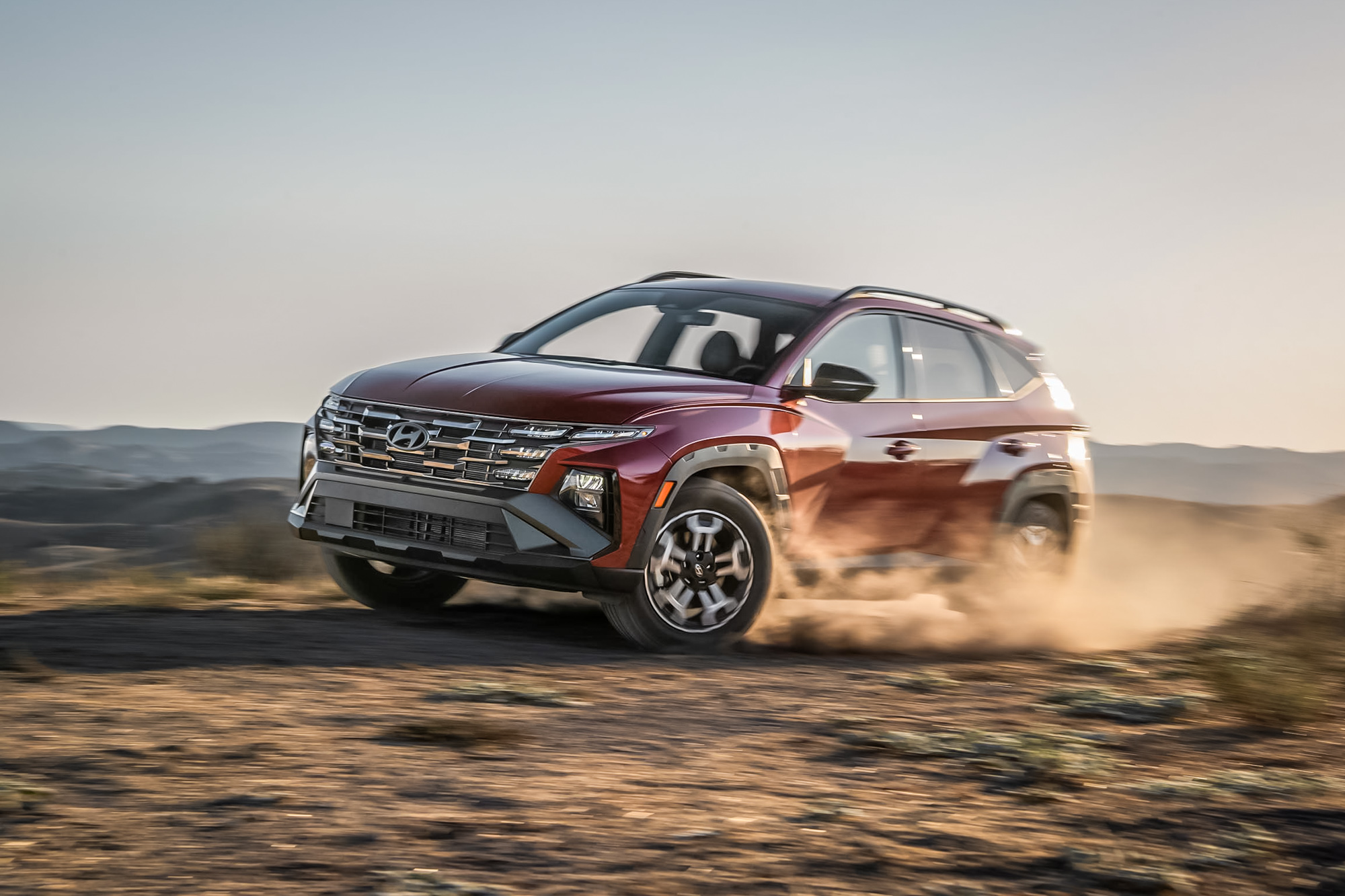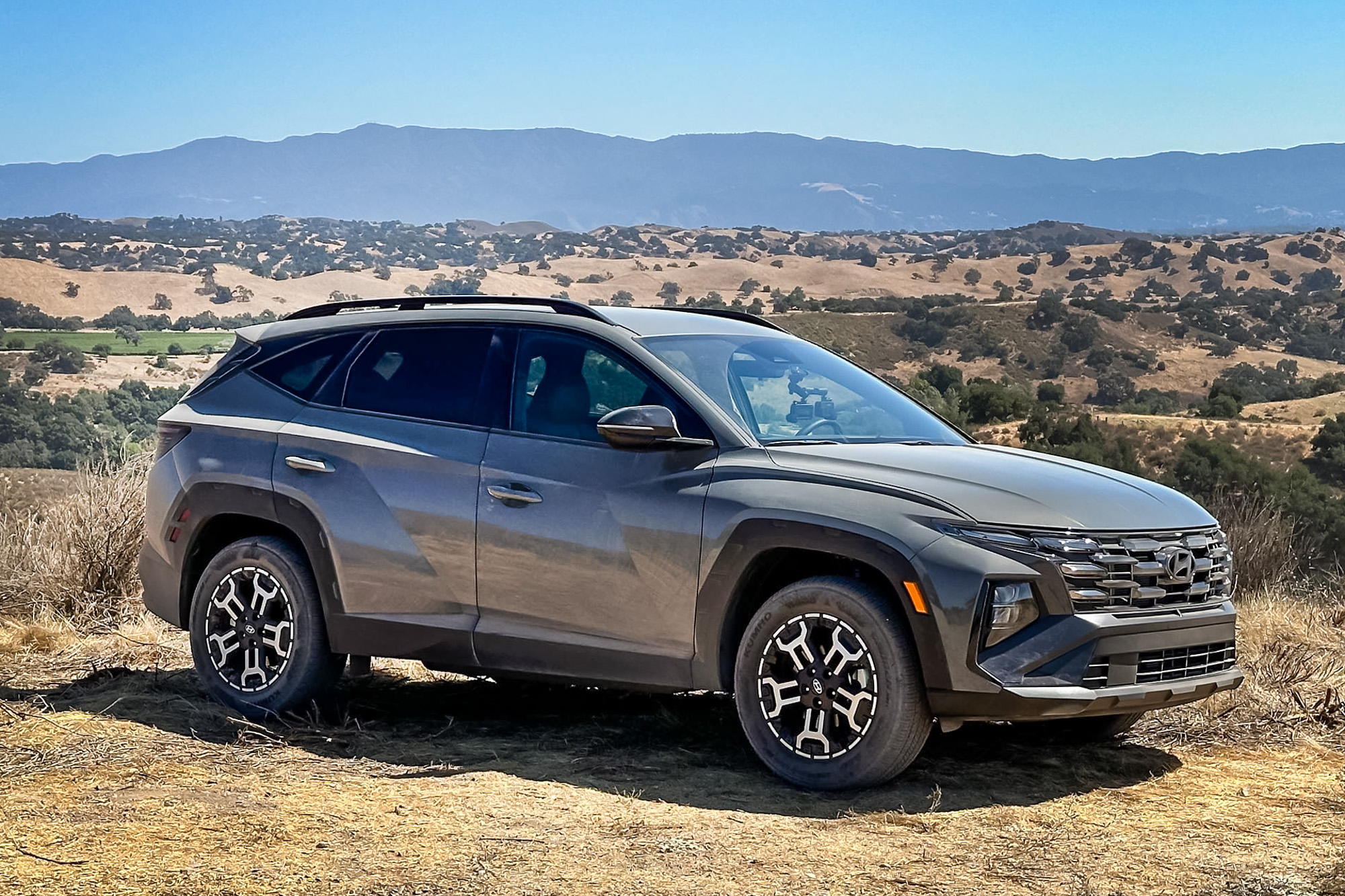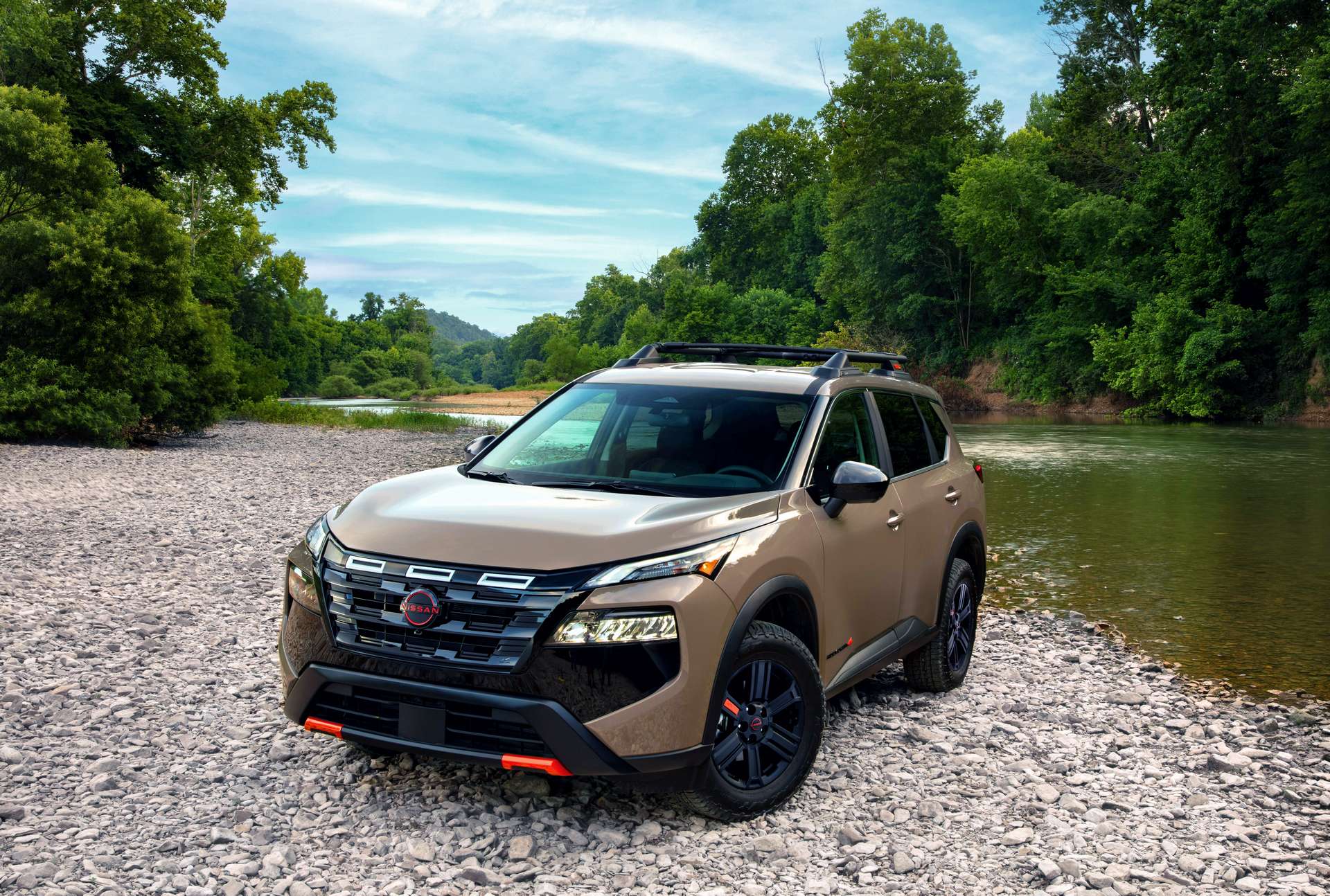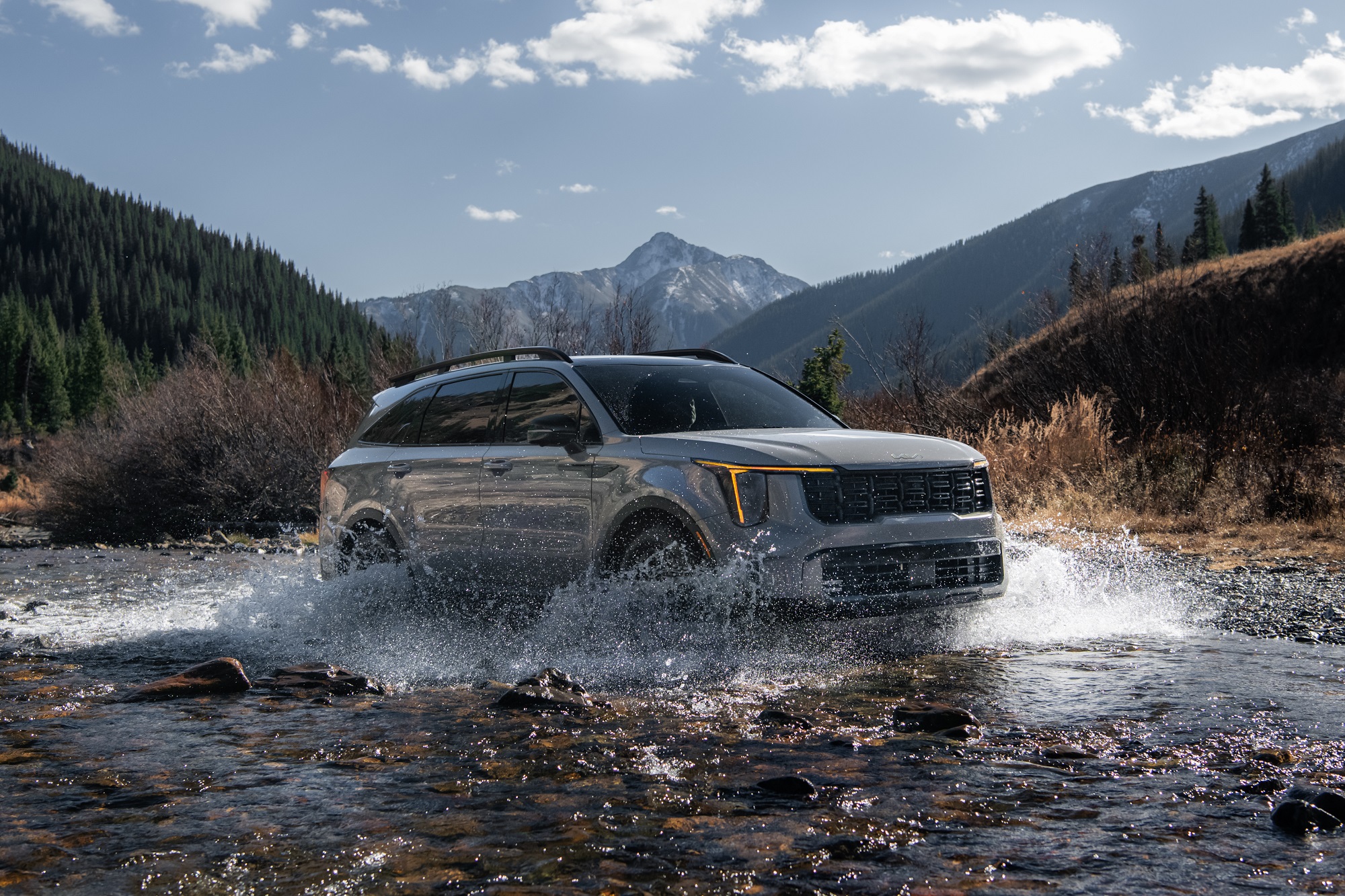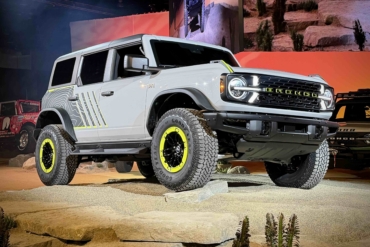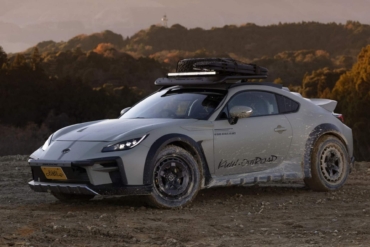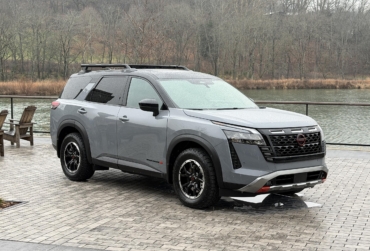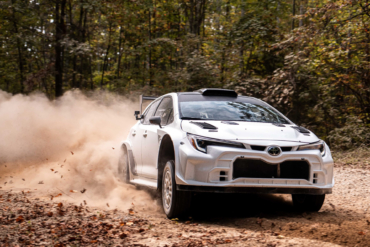The compact crossover market is a big one, generating millions of sales annually in the U.S. It’s also quite competitive, with products like the Toyota RAV4 and Honda CR-V. Compared to them, the Hyundai Tucson is something of an also-ran. But not for lack of trying.
The automaker has more than quadrupled sales over the past decade by adding new features and technology, improving Tucson’s driving dynamics and stepping up its design game. It’s also added more variants, including a high-mileage hybrid as well as the Tucson XRT, which adds more off-road capabilities.
Now entering its fourth year on the market, the 2025 Hyundai Tucson brings some modest but welcome updates to the compact CUV. To get a feel for how it all comes together, I headed out to Santa Barbara, Calif., for some time behind the wheel of both the latest Tucson Hybrid and XRT packages.
In short: The 2025 Hyundai Tucson builds upon what was already an attractive and well-equipped compact crossover. There are a number of different trim packages to fit very different needs, including a conventional hybrid and a plug-in version. And, for those who might want to go off-road, the Tucson XRT proved surprisingly confident — though not something you’d use out on the Rubicon Trail.
- 2025 Hyundai Tucson XRT:
- Engine: 2.5L turbo-4
- HP/Torque: 187/178
- Transmission: 8-speed auto
- Fuel Economy (mpg): 24 city, 29 highway, 26 combined
- 2025 Hyundai Tucson Hybrid:
- Powertrain: 1.6L turbo-4 paired with an electric motor
- Transmission: 6-speed auto
- Battery: 1.5 kWh lithium-ion
- Hp/Torque: 231/258
- Fuel Economy: 35 city, 35 highway, 35 combined
- Maximum Trailer Weight: 2,000 lbs. with trailer brakes, 1,650 lbs. without (all models)
Pros
- Great design
- Affordable options
- Broader range of trims and packages than most competitors
- Hybrid and PHEV options deliver great mileage without sacrificing performance
Cons
- XRT package could get more distinct off-road functionality
- Base engine is sluggish
- PHEV battery takes up some cargo space
2025 Hyundai Tucson Review
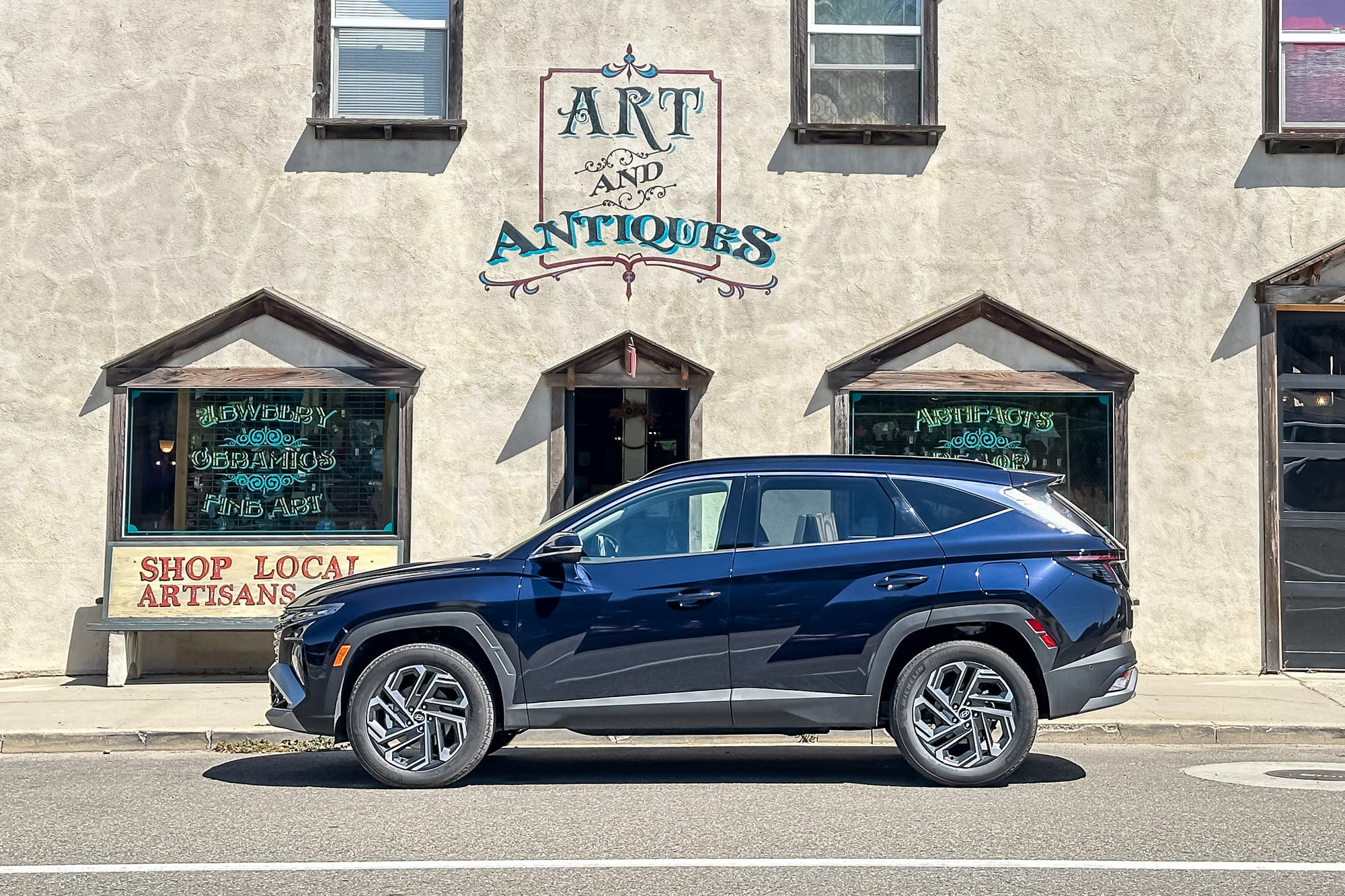
There was a time when Hyundai products sold solely on price. Over the years, the automaker ratcheted up its design skills and fixed nagging quality problems — backed up by an industry-best 10-year warranty. Today, the Korean manufacturer is anything but a fire sale brand and the 2025 Hyundai Tucson underscores why.
Making its debut at the New York International Auto Show last spring, the updated Tucson shouldn’t be dismissed as “just” a mid-cycle update. It undergoes several changes in both design and technology. The automaker has done a good job of targeting what needed work the most.
With a base price starting just under $30,000, even the base model now gets wireless Apple CarPlay and Android Auto, for example, as well a 12.3-inch infotainment touchscreen. And, the top-line trim pushes the boundaries of what might be considered mainstream when it comes to performance and features. Indeed, there are five trim packages, each targeting a unique set of buyers.
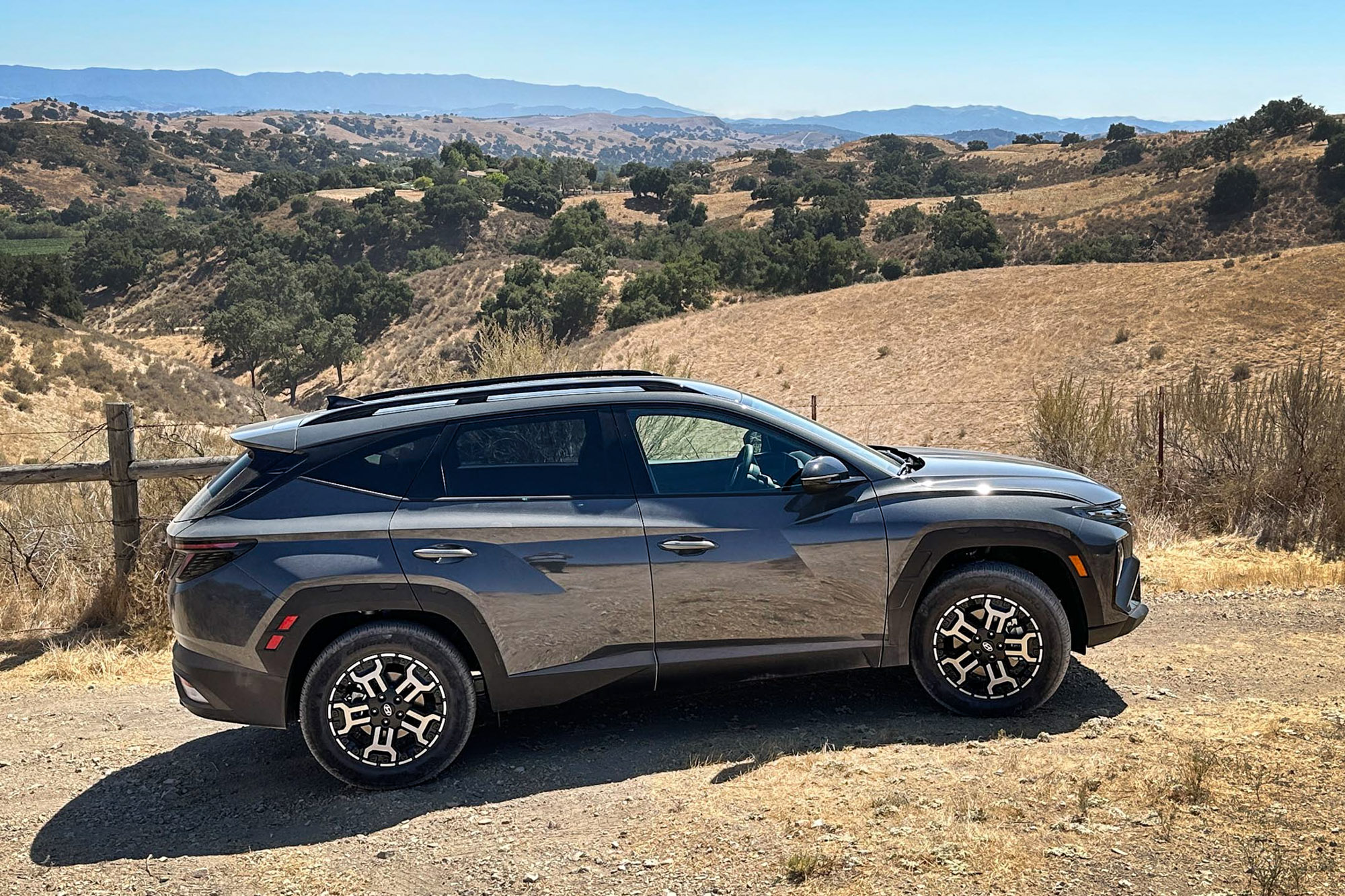
What’s New for 2025
There are the requisite visual updates, starting with new wheels and an updated bumper. The distinctive “Parametric Dynamics” design language that launched with the fourth-generation Tucson gave it the most distinctive face in its class with lighting stacked on both sides of the grille.
For 2025, the lights adopt a slightly more vertical appearance helping create what design chief Brad Arnold described as a “lot more tough appearance.” His team also updated the distinctively sculpted body sides, arguably Tucson’s most polarizing feature.
As noted, the compact crossover gets new tech features, and they strongly influence the 2025 Tucson’s updated interior. Base packages now adopts a larger 12.3-inch touchscreen while retaining analog gauges.
The N-Line and Limited models go fully digital with a curved screen that also covers a 12.3-inch gauge cluster — and some even offer a 12.0-inch head-up display. The twin screens are optional on the SEL package.
What I personally like about Tucson — and other members of the Hyundai lineup — is the return to a separate, dedicated control panel for climate settings on upper trims, as well as “hard” toggle switches to jump between various infotainment functions. There’s even a tuning knob, as well as one for volume.
Among other tech updates, the 2025 Tucson gets the latest smartphone-as-key functionality. That’s a standard feature — as is the free subscription to Hyundai Bluelink+ connected car services.
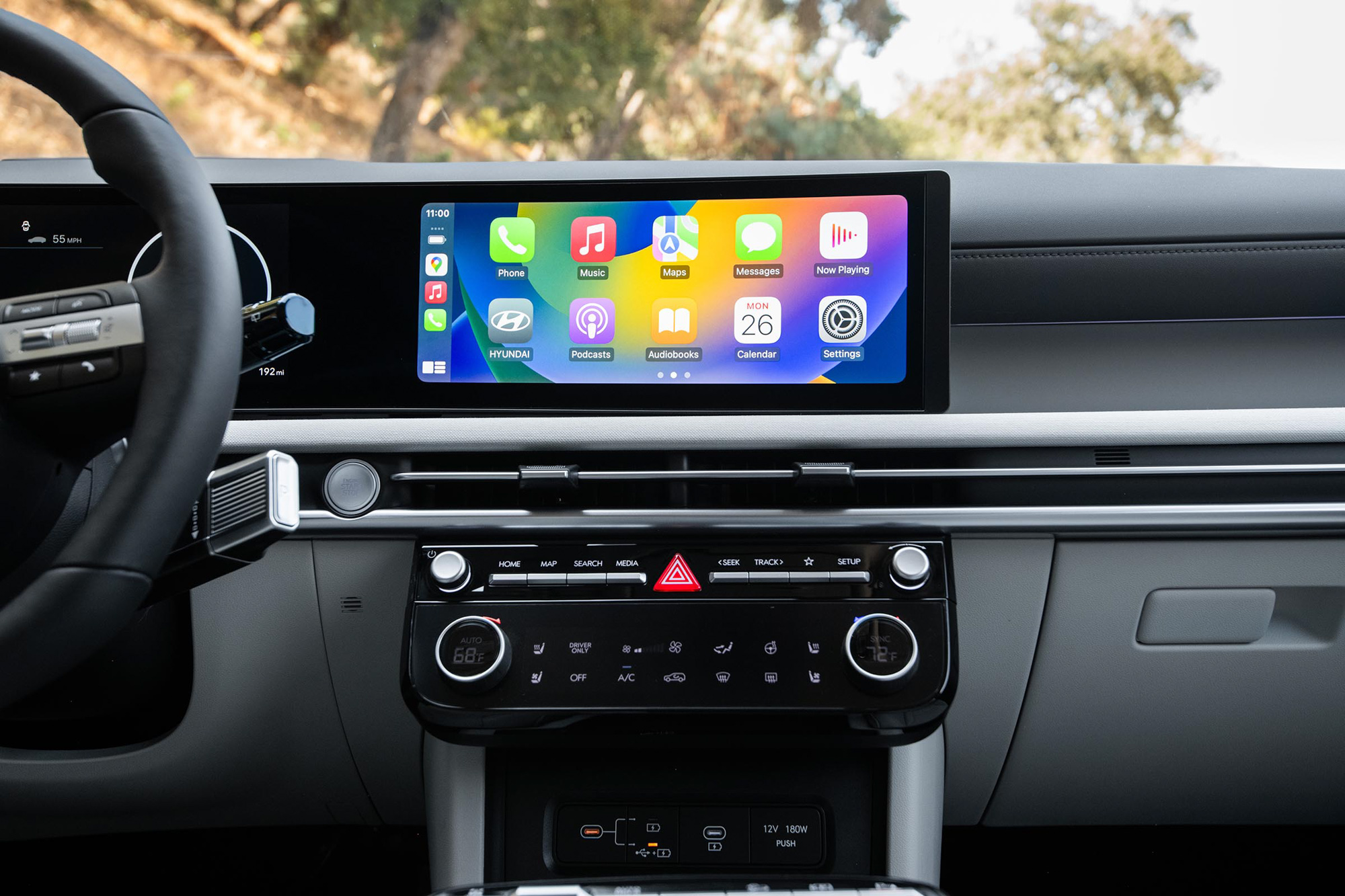
Powertrains
That’s “powertrains,” plural, unlike some competitors. Indeed, the Hyundai Tucson continues to offer just about the broadest range of options you can select from. That starts with a 2.5L naturally aspirated four-cylinder engine making 187 horsepower and 178 pound-feet of torque. It’s paired with an eight-speed automatic, and it delivers 24 mpg city, 29 highway, and 26 mpg combined.
Where competitors have typically added hybrids purely for fuel-economy purposes, Hyundai’s electrified options balance mileage and performance. The conventional hybrid pairs a 1.6L turbo-four with a single electric motor to deliver 231 horsepower and 258 pound-feet of torque. That’s up 5 horsepower from 2024 and now yields 44 more ponies than the gas engine. Fuel economy jumps to a curious 35 mpg for city, highway, and combined ratings.
The plug-in takes that to 261 horsepower — though torque stays steady at 258 pound-feet — a 77-horsepower bump over the 2.5L engine’s output. Look for 0-60 launches in the low 7-second range, or about 2 seconds faster than the base engine, based on my admittedly less-than-scientific testing.
With its 13.8kWh lithium-ion battery, meanwhile, you’ll manage up to 33 miles in all-electric mode. For many potential owners, that could handle most or all daily commuting duties, meaning weeks, even months without burning any fossil fuels if you have access to a charger at home or work.
The EPA has yet to lock down fuel economy for the PHEV, but last year’s numbers should hold at 35 mpg combined and an MPGe of 80. Oh, and a Level 2 charger should get a drained battery back up and running in about 2 hours.
Driving Impressions: 2025 Hyundai Tucson XRT
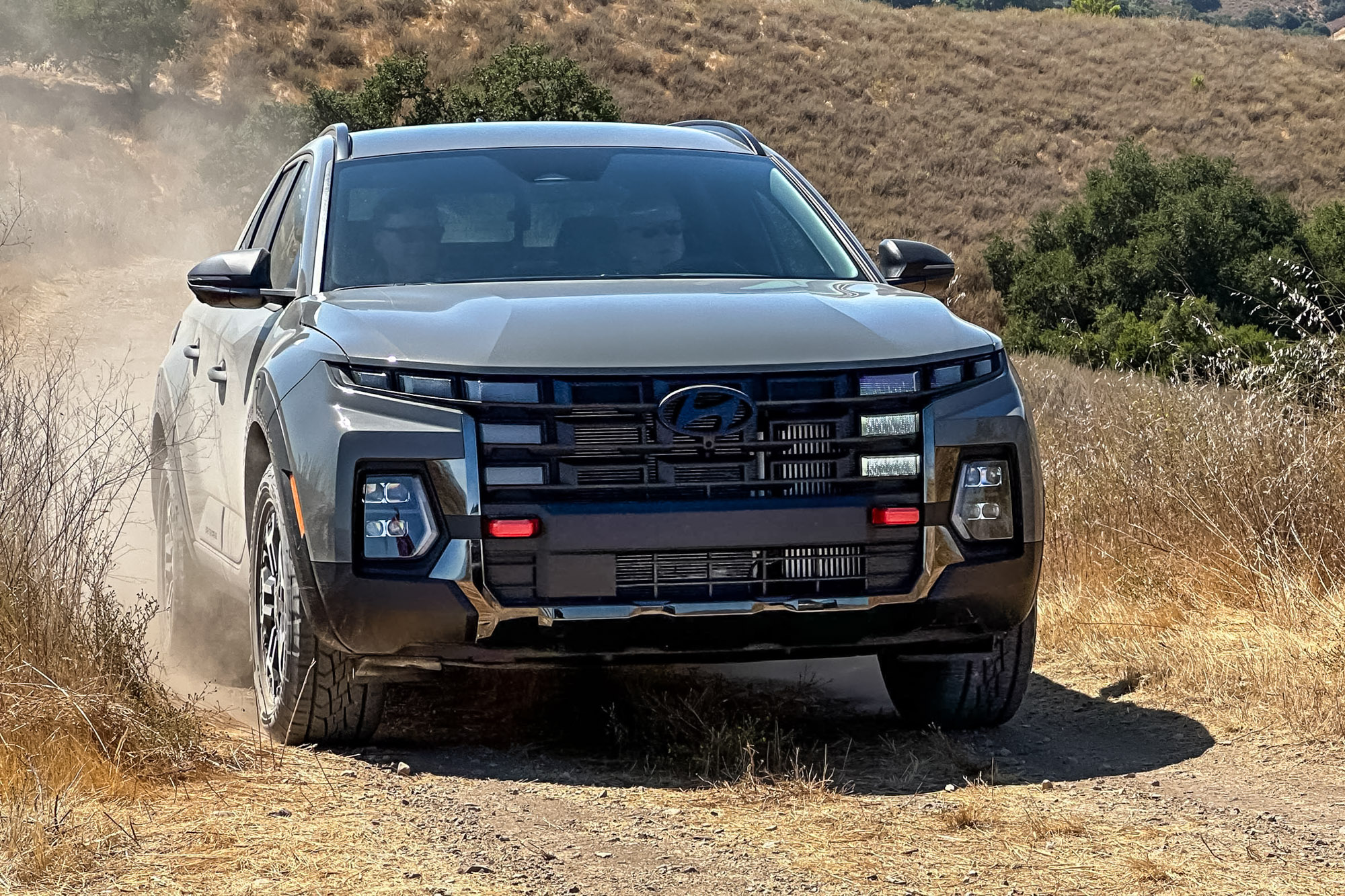
Hyundai invited me out to California to check out an array of new products, including the updated Santa Cruz pickup, the latest tweaks to the midsize Santa Fe SUV, and the new XRT version of the Ioniq 5 battery-electric vehicle.
The automaker has rapidly expanded the range of products offering XRT trims, and that includes the 2025 Tucson. So, I made sure to spend some time in that package during my visit.
The circuit I had access to hardly qualified as a serious off-road trail. There were relatively few deep ruts and no rocks to go a-crawling over. In other words, what I experienced is what the average buyer is likely to experience, mostly dirt and gravel tracks on the way to the family cottage or a remote Airbnb.
The XRT package does add more protection around the quarter panels and even a pair of tow hooks up front, however.
Going forward, I’d like to see Hyundai take a few more steps with XRT, adding more ride height, improved approach and departure angles, and other features and functions you’d expect from a serious off-roader. Ironically, it’s done this with the new 2025 Ioniq 5 XRT.
Driving Impressions: 2025 Hyundai Tucson Hybrid
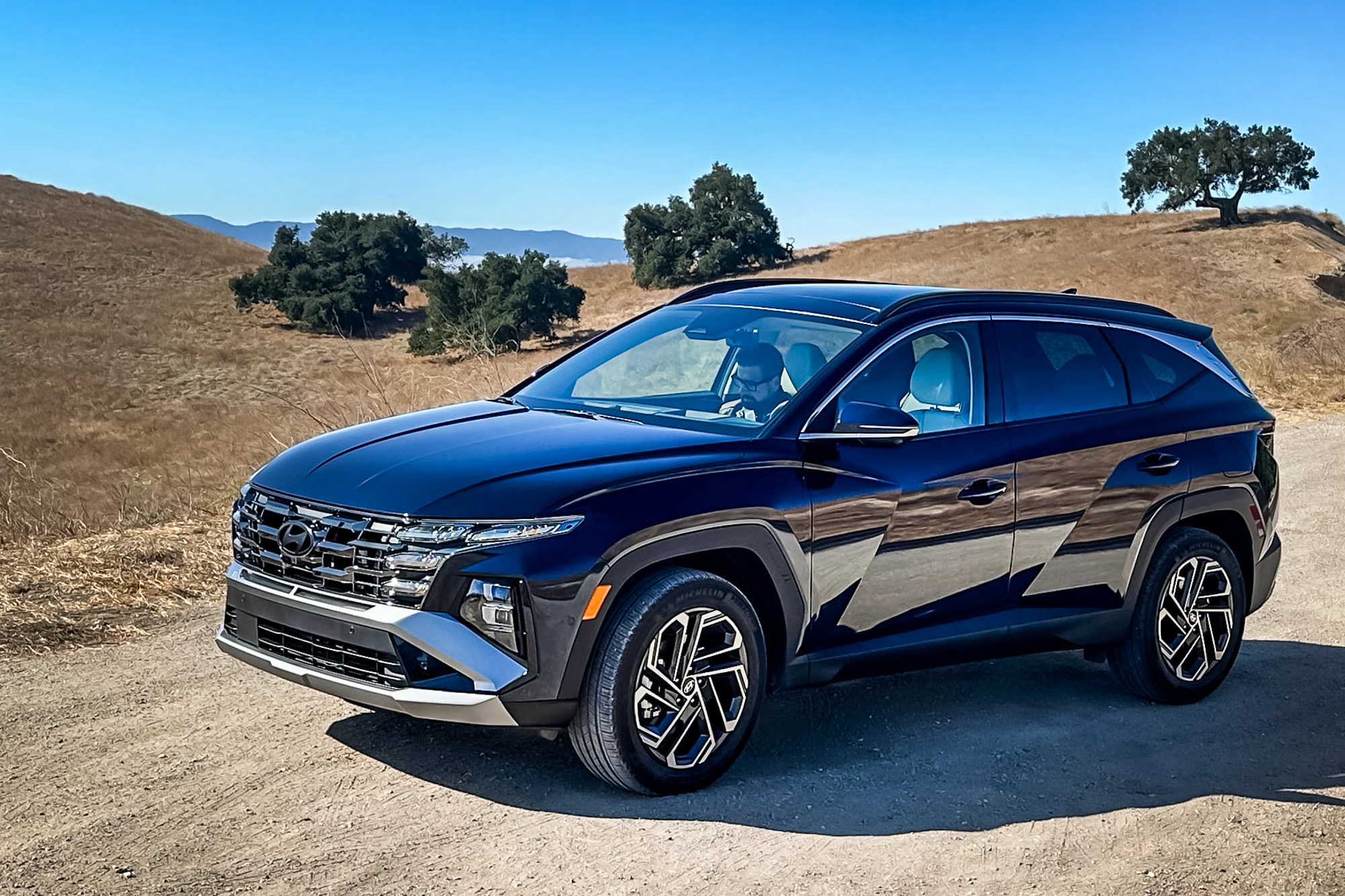
Here’s where Hyundai really nailed it. The automaker has recognized it doesn’t need to deliver absolutely the best fuel economy numbers possible. It can sacrifice a mile or three per gallon, trading off for substantially improved performance. That became readily apparent going from the Tucson Hybrid to the XRT with its turbo-four.
The gas-electric model’s electric motors kicked in with immediate off-the-line torque to provide a much more exhilarating launch. And, with still more horsepower, the 2025 PHEV package should prove even more of a kick, based on driving the older version.
Both models of the 2025 Hyundai Tucson offer a solid, confident ride, one of the best in the compact SUV segment, especially when back on pavement. Steering delivers reasonable feedback, albeit with a little more boost than I’d like. The suspension keeps the crossover acceptably level in hard corners and soaks up bumps as well as can be expected of a vehicle in this segment.
Hyundai has done a good job of reducing wind noise, especially on higher trims. Road noise is a bit more intrusive, especially on the XRT with its bigger, all-terrain-style tires.
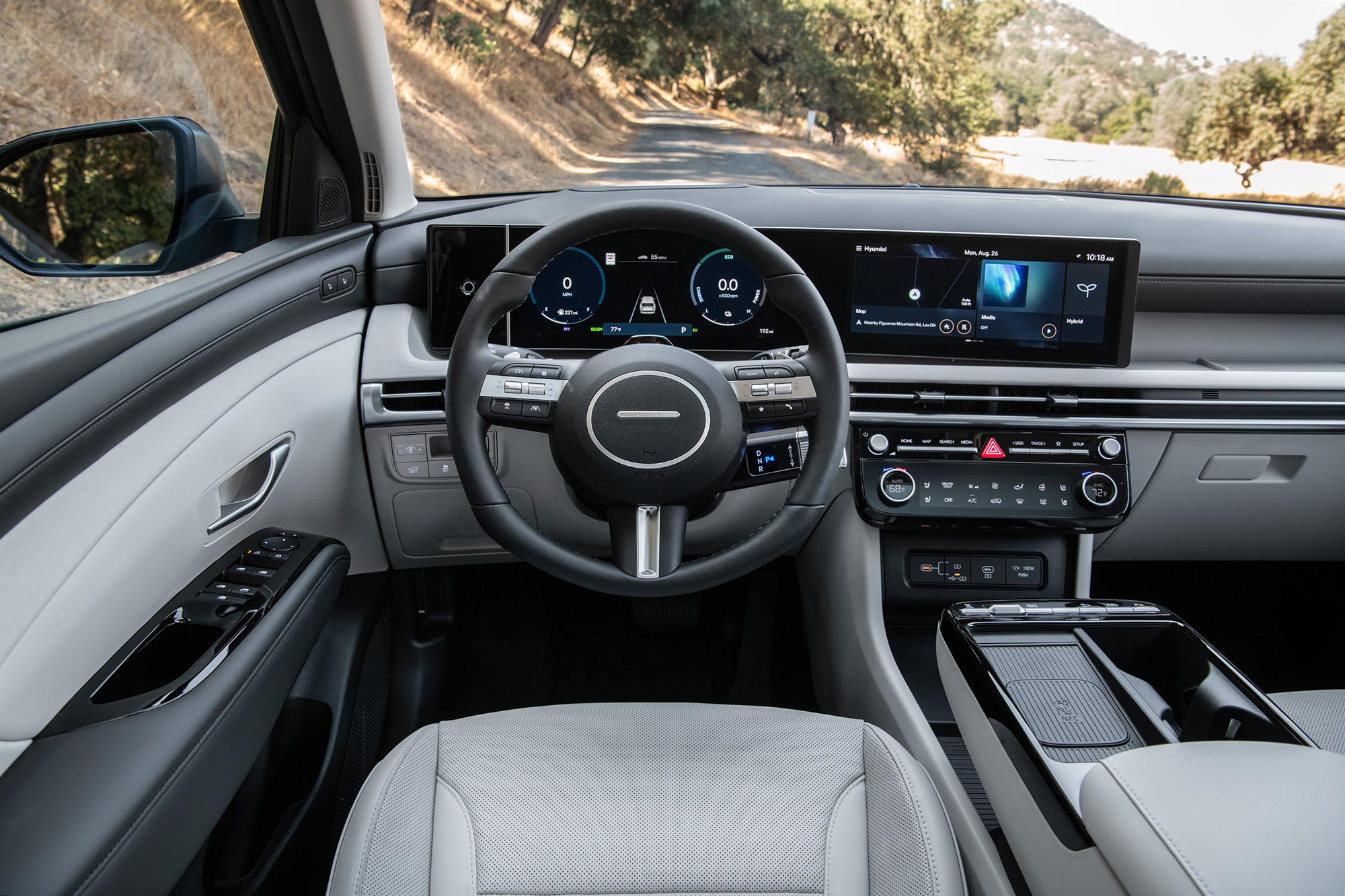
Safety
The 2025 Hyundai Tucson offers a broad range of safety and advanced driver assistance systems, many coming standard as part of the Hyundai SmartSense suite.
That includes standard forward collision warning and automated emergency braking with pedestrian detection, as well as lane departure warning with lane-keeping assist. Options depend on trim and include lane-centering and adaptive cruise control.
New for 2025: an infrared attention monitoring system that scans a motorist’s face to ensure they’re keeping eyes on the road. If the system senses the driver is getting drowsy, it will display an alert on the instrument panel. If the driver becomes unresponsive, Tucson will automatically slow and then stop, trigger the hazard lights, and use its connected car system to call for emergency assistance.
Parents also will appreciate the optional rear seat detection system, which uses a radar monitor so sensitive it can detect the breathing of a newborn under a blanket.
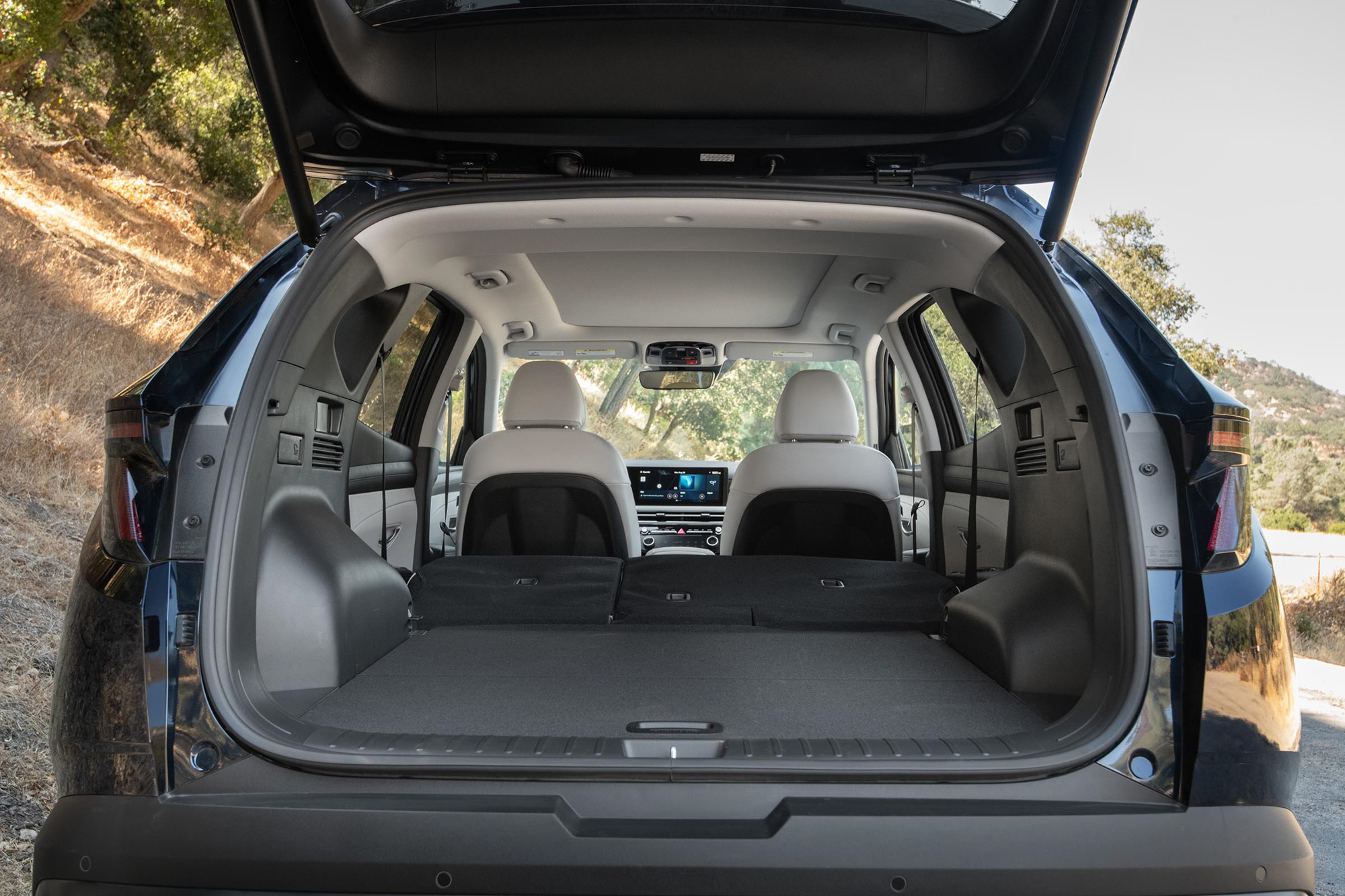
2025 Hyundai Tucson Review Wrapup
What I noticed while talking to colleagues following our shared drive of the 2025 Hyundai Tucson is how well it ranks among professional reviewers — typically as first or second among the top dozen entries in this crowded segment.
In reality, it’s just number six in terms of overall sales volume — though you might say it’s sixth “with a bullet,” surging up the sales charts over the last decade. And Hyundai planners are confident they can continue to close the gap with segment leader the Toyota RAV4.
Given the Japanese automaker’s muscle, it likely will remain the king of the hill among compact CUVs, but I’d be anything but surprised to see the 2025 Hyundai Tucson continue moving up the sales chart. It’s simply that good.
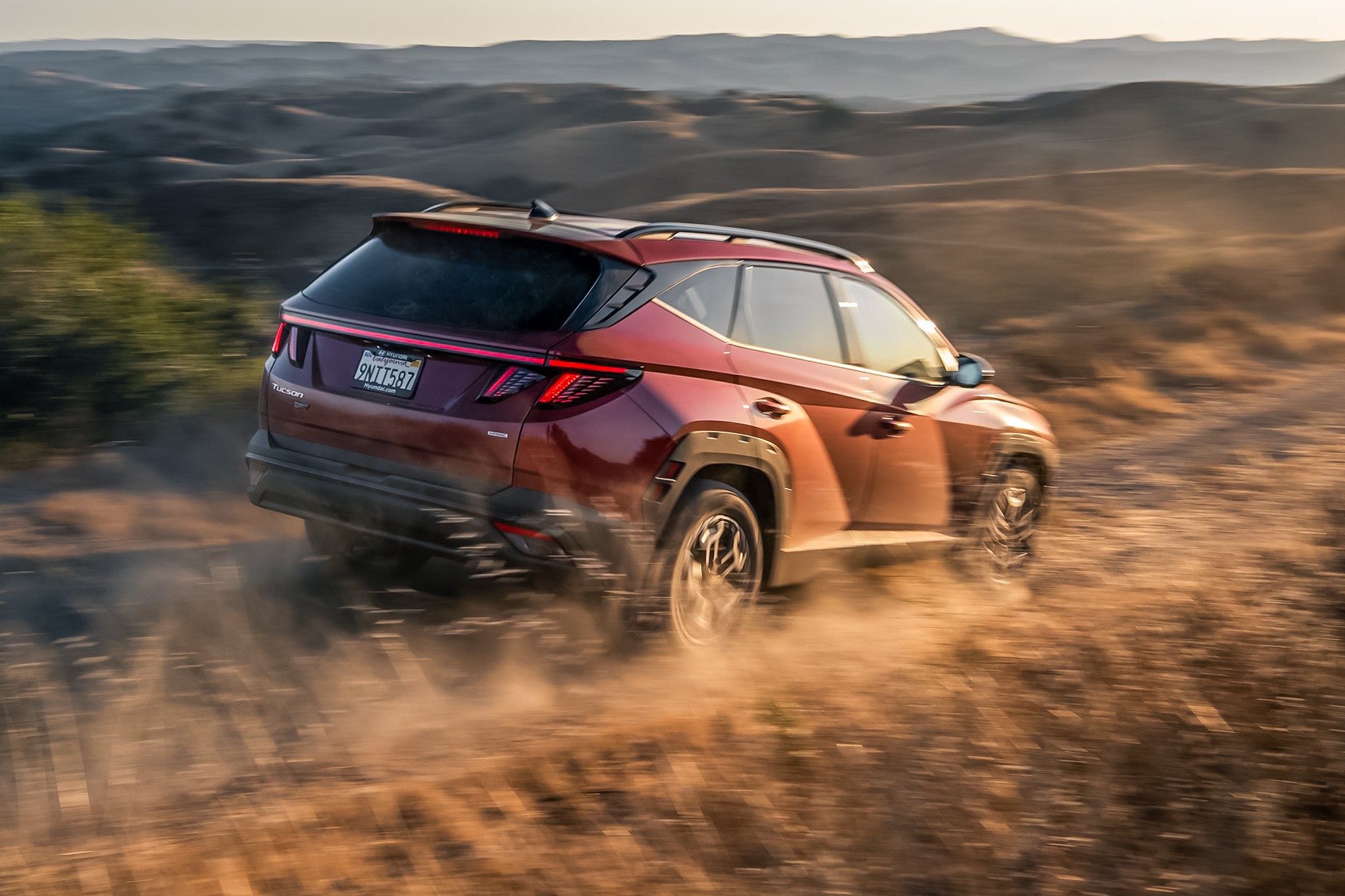
Add affordable: The 2025 Hyundai Tucson has a base MSRP of $29,750 and pushes to $41,190 for the various gas and conventional hybrid models. You can load up the PHEV and come close to $48,000. Add $1,395 in delivery fees to all those numbers.
The 2025 Hyundai Tucson is now rolling into U.S. showrooms in most trims. Expect to see the PHEV version to follow before the frost hits the pumpkins up in the Snowbelt.
